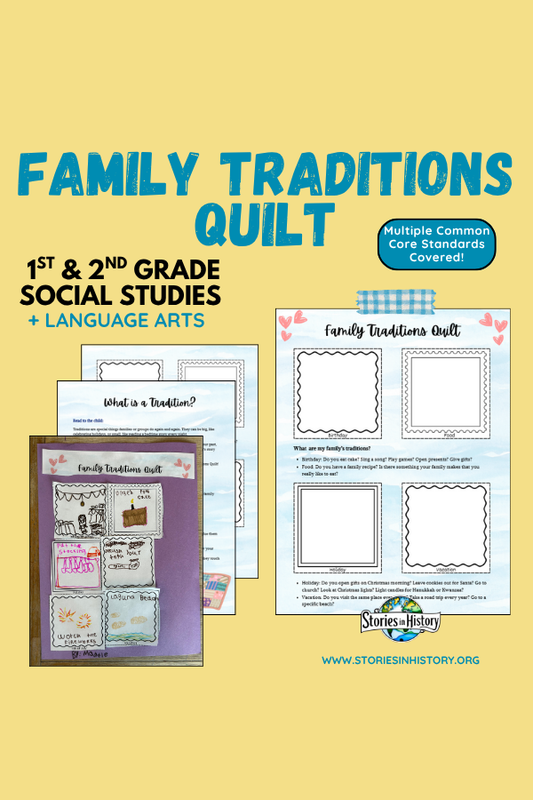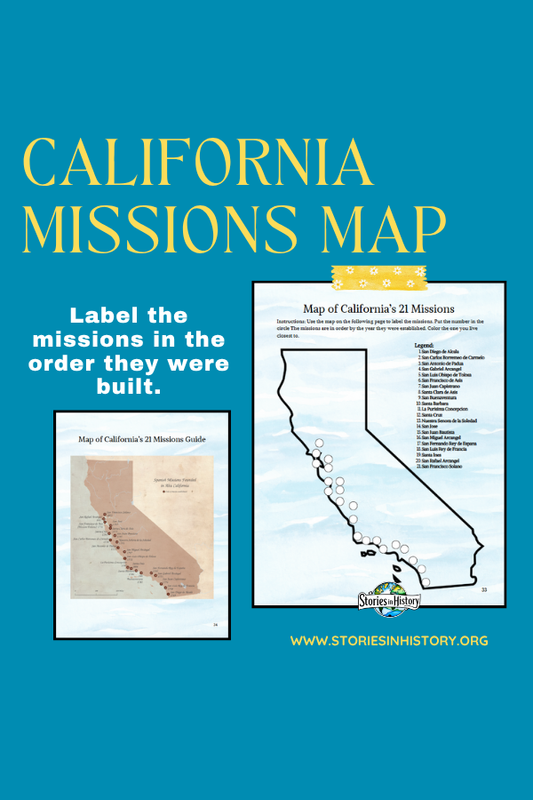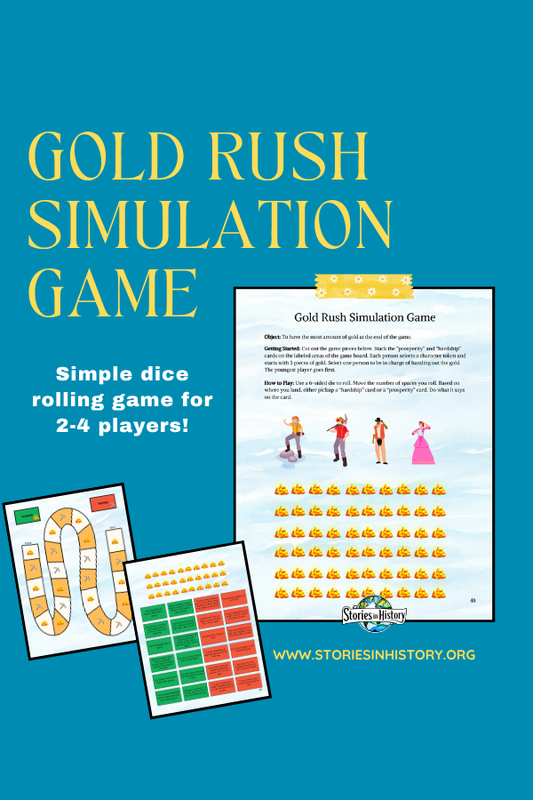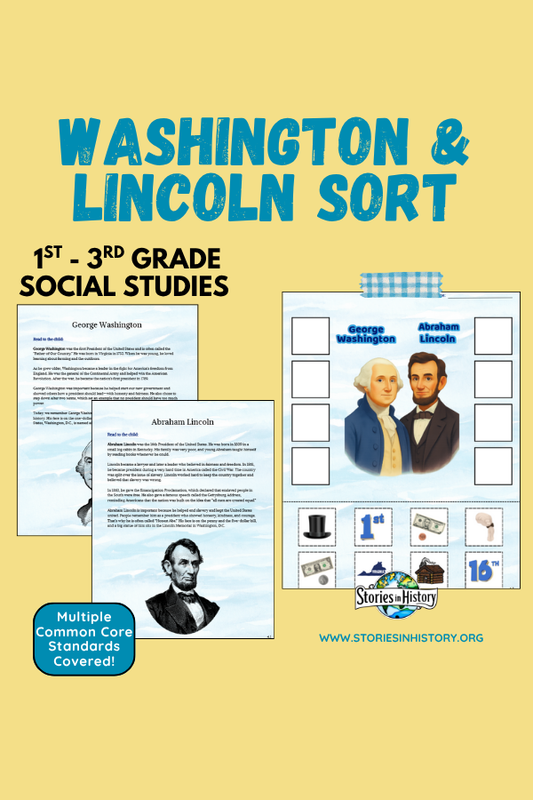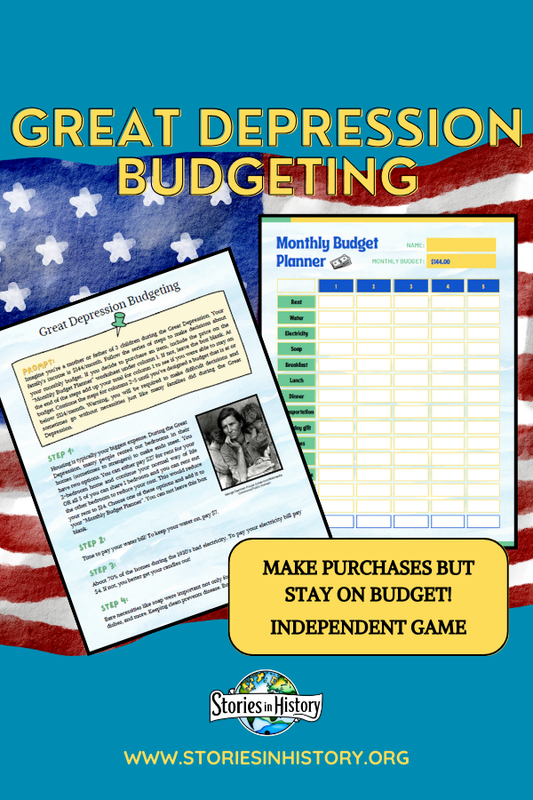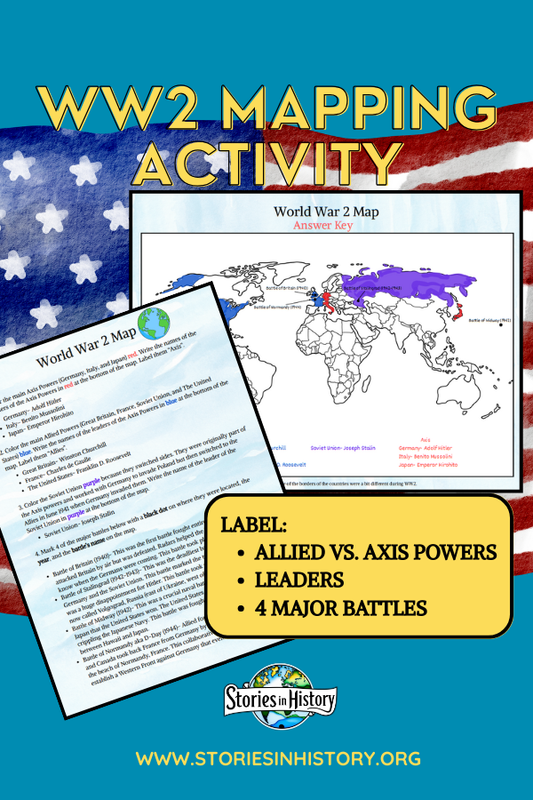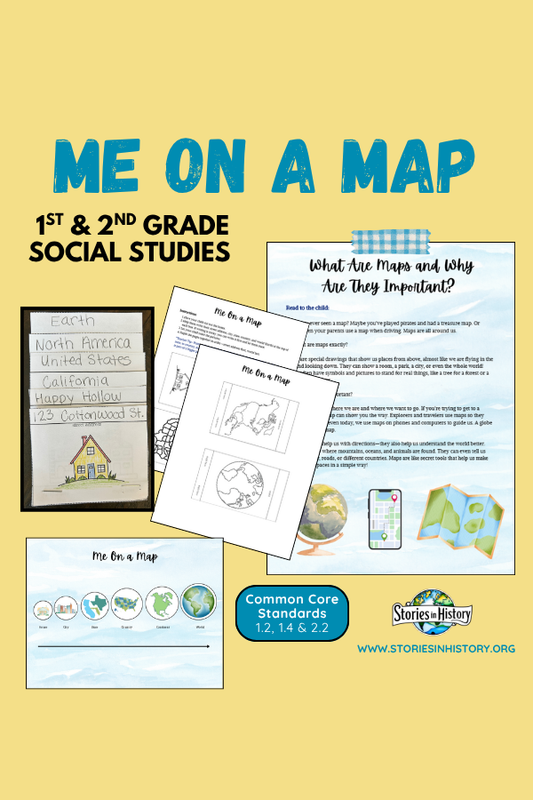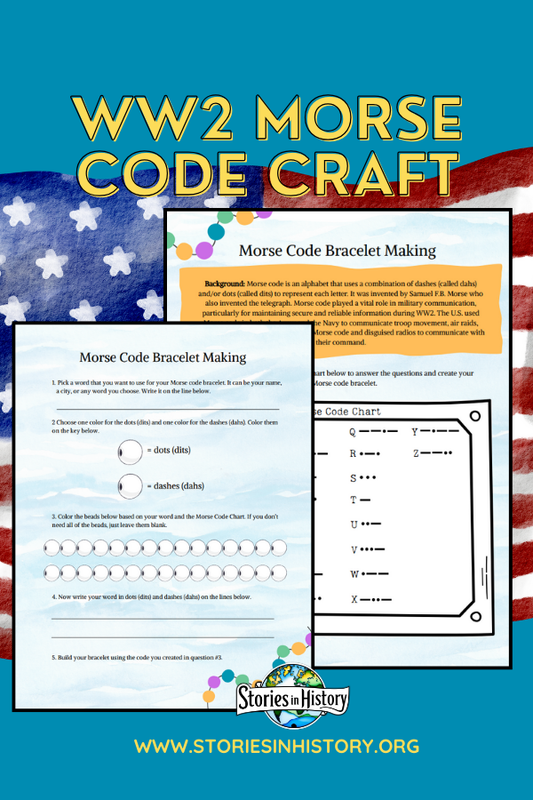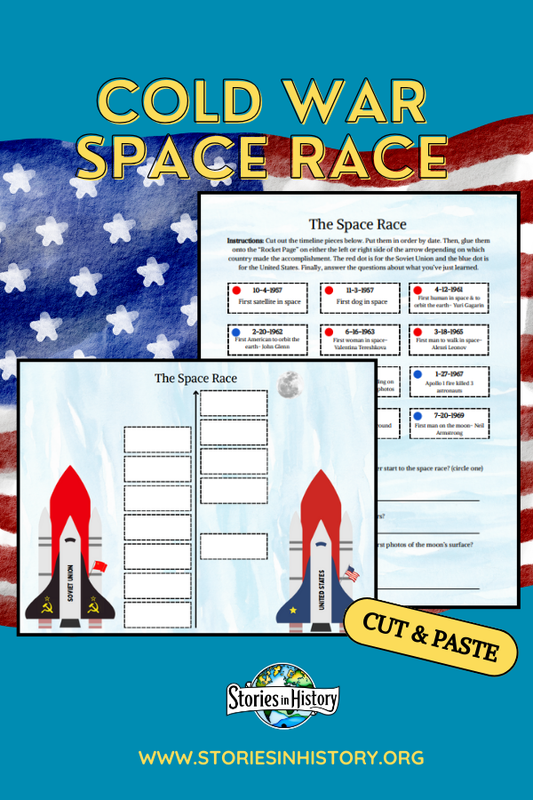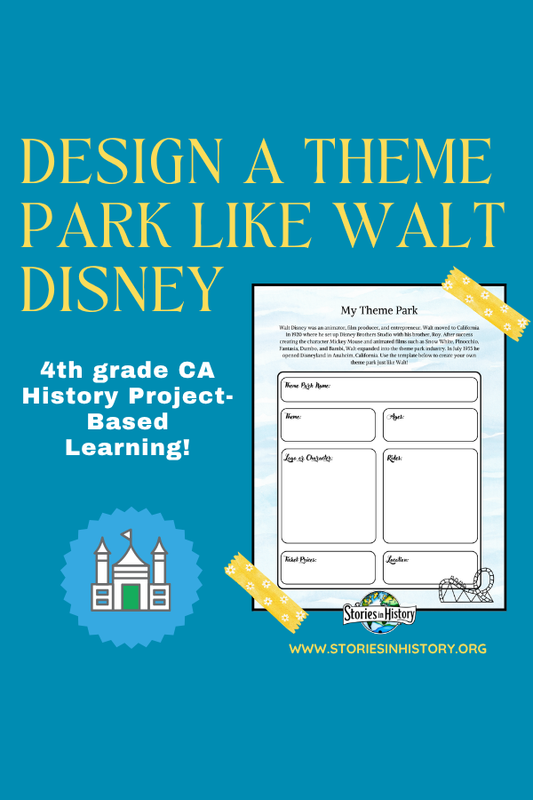Popular Homeschool Math Curricula & How They Work
Share
Math with Confidence
- Overview: Designed by Kate Snow, this is a mastery-oriented, concept-rich curriculum for K–5 (with 6th coming). The lessons are scripted, open-and-go for parents.
- Format / Delivery Mode: Primarily worksheet-based (student workbooks + guided instruction). There are no required videos (the parent is the teacher).
- Notes: Lessons are relatively short, use manipulatives and games, and aim to build conceptual understanding alongside fluency.
CTC Math
- Overview: A fully online curriculum spanning K–12. It offers video tutorials, worked examples, and interactive questions.
- Format / Delivery Mode: Video + interactive worksheets/quizzes. Each concept is introduced via a video tutorial, then practiced via online problems.
- Notes: Homeschool families often subscribe at a “family rate” so all children can use it.
Beast Academy
- Overview: Created by Art of Problem Solving (AoPS), Beast Academy is aimed at upper elementary students who are ready for challenge and problem-solving.
- Format / Delivery Mode: It has both a print version (guidebooks + workbooks) and an online platform (videos, puzzles, practice). The printed guidebooks are graphic novel style, making it very engaging.
- Notes: The print and online versions are similar in scope but have different problems. The online version includes built-in feedback and locking until mastery in each unit.
The Good and the Beautiful Math
- Overview: A spiral (or cyclic review) math program offered by The Good and the Beautiful, often used in Christian homeschool settings.
- Format / Delivery Mode: Primarily worksheet-based with optional video lessons from 4th grade upward.
- Notes: From about level 4 onward, video lessons become more integral (though still optional). This is religious so charter schools often do not allow you to purchase with funds or accept work samples.
Math-U-See
- Overview: A mastery/block-style program using manipulatives and incremental progression (levels Alpha, Beta, Gamma, etc.).
- Format / Delivery Mode: Mostly worksheet / hands-on manipulation with video instruction (DVD, streaming) used for teaching new concepts.
- Notes: Many homeschoolers like it because the videos “teach” while parents supervise practice. (I did not find a fully up-to-date official source with detailed mode, but it's very commonly described this way in homeschool reviews.)
Singapore Math / Primary Mathematics
- Overview: Based on the “Singapore method,” emphasizing deep conceptual understanding (concrete → pictorial → abstract, or CPA), strong mental math, and problem solving.
- Format / Delivery Mode: Traditionally print / textbook + workbook based. Recently, some home-learning versions include video tutorials (like Singapore Math At Home).
- Notes: Because of its strong conceptual base, some parents may need to adapt explanations or get used to how the problems are structured differently than typical U.S. textbooks.
Mr. D Math
- Overview: Online, instructor-led (or self-paced) math classes targeted at grades 5–12, including Algebra, Geometry, Precalculus, etc.
- Format / Delivery Mode: Video + online lessons & worksheets/quizzes. Students attend live or watch recorded video lessons, then complete assignments online.
- Notes: It’s more hands-off for parents, as students can often work independently.
Saxon Math
- Overview: A traditional, incremental, spiral/mastery hybrid program with strong emphasis on cumulative review.
- Format / Delivery Mode: Mostly workbook/textbook-based, though newer versions may include digital/online support.
- Notes: Well known in both homeschool and private school circles; its steady review approach is strong for retention, though some criticize it for being heavy on rote.
Which One Fits Best?
Here are a few guiding considerations:
-
How independent is your child? If you prefer the child to “just log in and go,” something like CTC Math or Mr. D Math might suit better.
-
Your comfort teaching math: If you prefer a curriculum that walks you through scripting, Math with Confidence is very parent-friendly.
-
How much conceptual vs procedural balance you want: Singapore Math and Beast Academy lean strong on conceptual thinking; Saxon and Math-U-See lean more procedural (with conceptual support).
-
Screen time vs paper time: Some families prefer mostly paper with optional video (Math-U-See, Singapore), and others don’t mind full online (CTC, Mr. D).
-
Challenge level: Beast Academy is more rigorous and puzzle-based, which is great for math-inclined or gifted students.
- Cost and family licensing: Some programs allow multiple children under one subscription (e.g. CTC), which can be economical.


